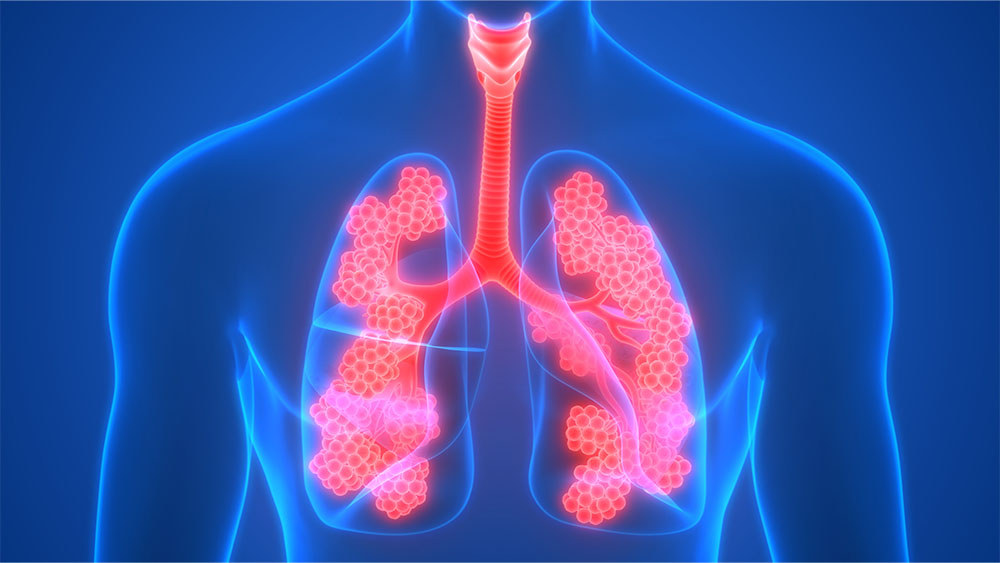
In cases of severe COVID-19, the lungs can be irreparably damaged.

In cases of severe COVID-19, the lungs can be irreparably damaged.
What you need to know
Over the last year and a half, the scientific community has made immense progress on understanding COVID-19. But there is still much more to learn, including what exactly is happening at the cellular level in people with severe illness.
Two teams of researchers analyzed tissues from people who had died of COVID-19. Together, the two studies give a clearer picture of what is happening in the cells and tissues of the lungs, heart, and other organs in people with severe COVID-19. The teams found evidence of runaway inflammation and rampant tissue destruction in the lungs.
The data generated by these two studies is freely available to other researchers to explore and analyze.
What did the researchers do?
Research teams from Columbia University and the Broad Institute of MIT and Harvard analyzed tissues that were collected from COVID-19 patients soon after they died. Each team analyzed tens of thousands of cells from about 20 people, with consent from the patients themselves or their next of kin. One team analyzed only lung cells; the other team analyzed samples from lungs, kidneys, livers, and hearts.
The teams used a technique called single-cell RNA sequencing to describe thousands of cells. Single-cell RNA sequencing shows the activity going on inside every cell. From these and other analyses of the tissues, each team built a cell atlas — a map of the cells and their activity.
How can severe COVID-19 affect the lungs?
Normally, after a respiratory infection such as the flu, the lungs repair the damage. But in severe COVID-19, this doesn’t always appear to be possible. SARS-CoV-2 destroys lung cells that are essential for the exchange of oxygen and carbon dioxide, causing respiratory failure. In addition, inflammation rages inside the lungs, apparently preventing the remaining cells from repairing the damage.
Why is this research important?
These two studies give scientists both a close-up view of what happens inside the body in deadly cases of COVID-19 and some targets to pursue as they search for treatments for severe COVID-19.
Where can I go to learn more?
How Severe COVID-19 Can Tragically Lead to Lung Failure and Death
- NIH Director Francis Collins, M.D., Ph.D., shares information about these two studies.
Cell Atlases as Roadmaps in Health and Disease
- Aviv Regev, Ph.D., the leader of one of the studies, gave a lecture on cell atlases in February 2021 as part of the NIH Director’s Wednesday Afternoon Lecture Series.
- The National Heart, Lung, and Blood Institute provides patient information on respiratory failure.
Sources
Melms, J. C., Biermann, J., Huang, H., Wang, Y., Nair, A., Tagore, S., Katsyv, I., Rendeiro, A. F., Amin, A. D., Schapiro, D., Frangieh, C. J., Luoma, A. M., Filliol, A., Fang, Y., Ravichandran, H., Clausi, M. G., Alba, G. A., Rogava, M., Chen, S. W., Ho, P., … Izar, B. (2021). A molecular single-cell lung atlas of lethal COVID-19. Nature, 595(7865), 114–119. https://doi.org/10.1038/s41586-021-03569-1
Delorey, T. M., Ziegler, C. G. K., Heimberg, G., Normand, R., Yang, Y., Segerstolpe, Å., Abbondanza, D., Fleming, S. J., Subramanian, A., Montoro, D. T., Jagadeesh, K. A., Dey, K. K., Sen, P., Slyper, M., Pita-Juárez, Y. H., Phillips, D., Biermann, J., Bloom-Ackermann, Z., Barkas, N., Ganna, A., … Regev, A. (2021). COVID-19 tissue atlases reveal SARS-CoV-2 pathology and cellular targets. Nature, 595(7865), 107–113. https://doi.org/10.1038/s41586-021-03570-8

News and Stories
Read stories about the efforts underway to prevent, detect, and treat COVID-19 and its effects on our health.
 An official website of the United States government
An official website of the United States government

